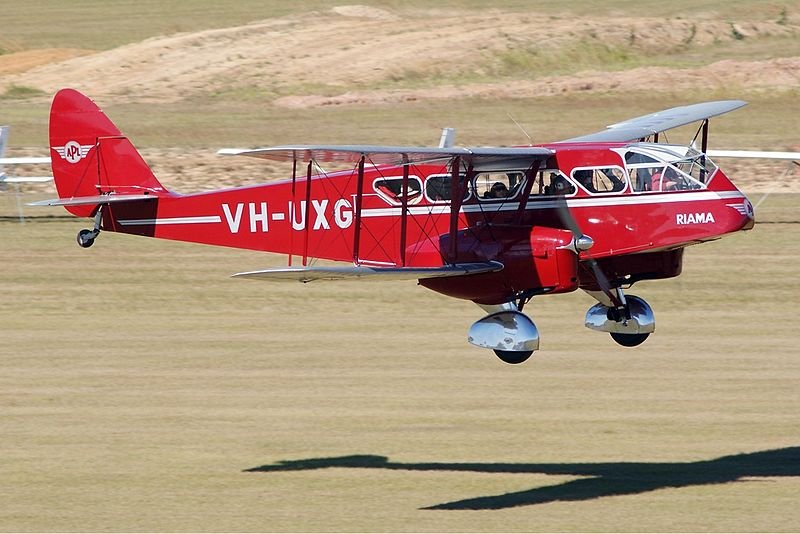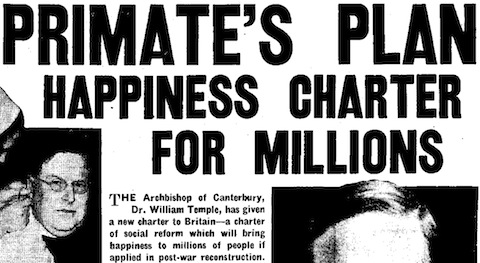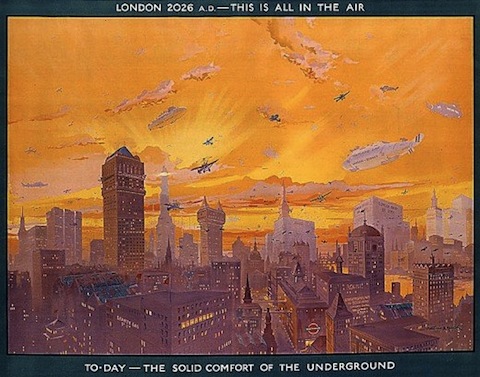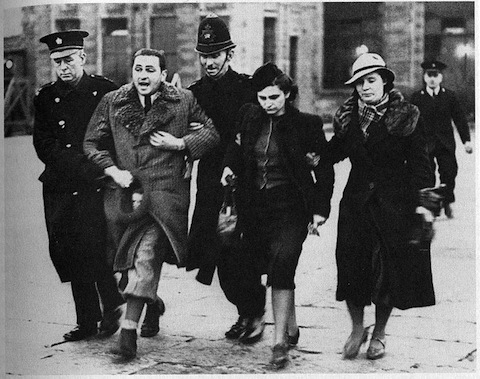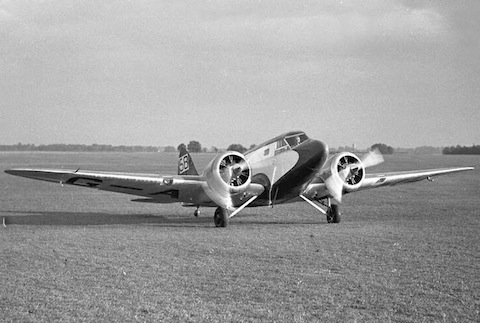Lost Dragon
Very sad news today. On Monday, VH-UXG, a De Havilland DH.84 Dragon owned and flown by Des Porter, went missing on a flight from Monto to Caboolture in Queensland. A distress call and an emergency beacon were heard briefly, but then nothing more was known until today, when VH-UXG’s wreckage was found in rugged terrain […]


